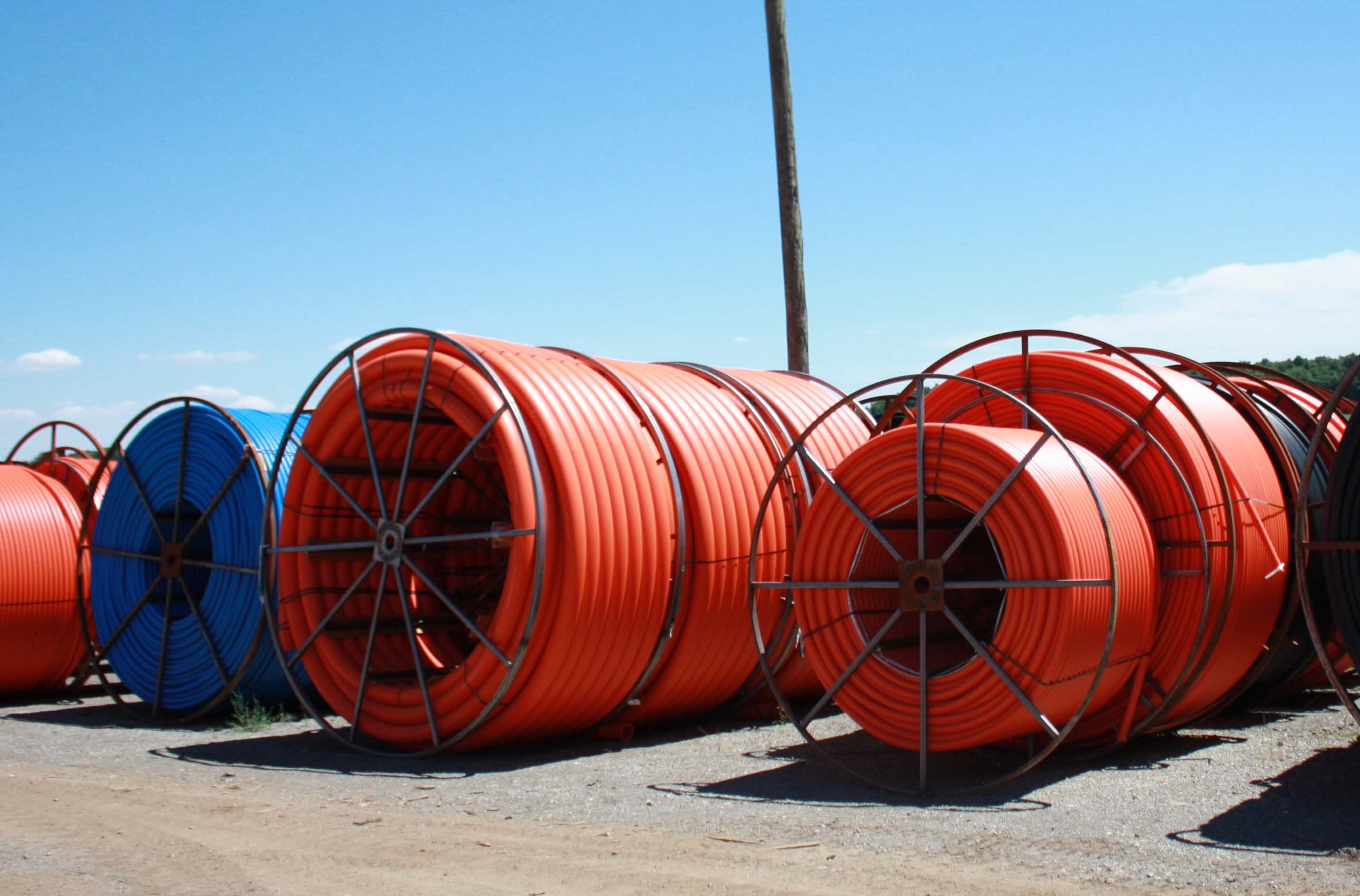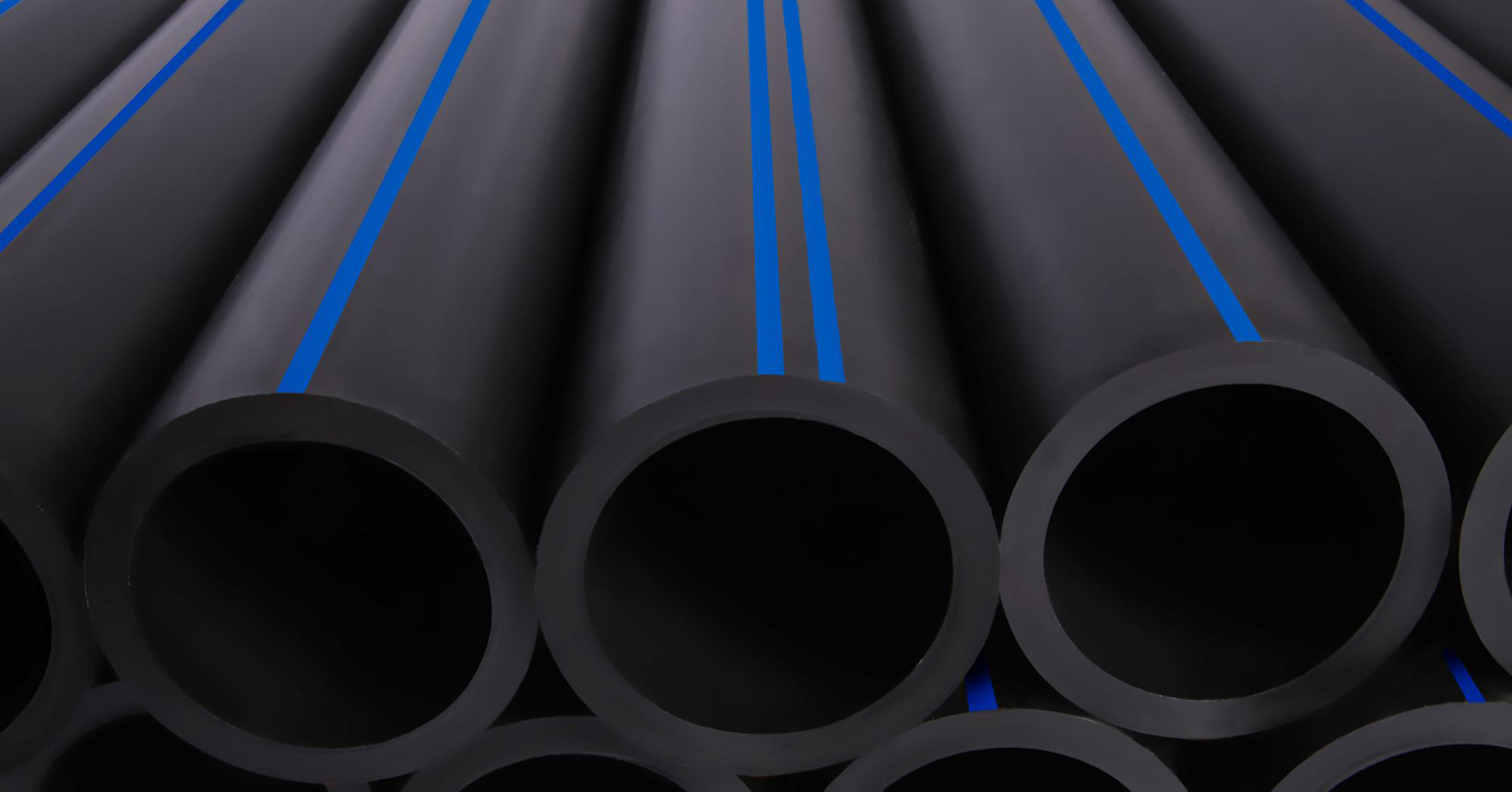The Comprehensive Resource to Pipe Manufacturing Midland TX for Construction
The Vital Steps for Successful Setup of HDPE Pipeline in Your Following Project
Successful installation of HDPE pipe requires careful planning and implementation. Key steps consist of reviewing project demands, preparing the website, and choosing proper signing up with methods. Each stage plays an essential role in making certain the honesty and efficiency of the pipeline. Comprehending these necessary actions can significantly influence the total success of the job - hdpe pipe in stock Midland TX. The subtleties of each step might hold the trick to getting rid of typical challenges dealt with during setup.
Recognizing the Perks of HDPE Pipeline
High-density polyethylene (HDPE) pipeline supplies countless advantages that make it a recommended option for various applications. Its high resistance to corrosion and chemicals assurances toughness in requiring environments, substantially expanding the life-span of installments. In addition, HDPE's flexibility enables much easier installment, particularly in tough surfaces, as it can flex without breaking. The light-weight nature of HDPE pipe simplifies transportation and handling, reducing labor prices during installation.
HDPE pipe is known for its low friction coefficient, which boosts liquid flow and lessens power usage. Its seamless building and construction lowers the danger of leakages, adding to far better source administration and environmental management. Furthermore, HDPE is recyclable, straightening with lasting practices and reducing ecological impact. On the whole, the mix of stamina, adaptability, and eco-friendliness makes HDPE pipeline an exceptional choice for a wide variety of jobs, from water distribution to commercial applications.
Planning Your HDPE Pipe Setup
When planning an installation of HDPE pipeline, careful factor to consider of a number of essential aspects is essential to secure an effective project. Initially, job managers should assess the details requirements of the pipe, consisting of the meant usage, flow prices, and ecological problems. Understanding these parameters will lead the option of ideal pipe measurements and product grade.
Next off, timelines ought to be developed, factoring in procurement timetables and any kind of possible hold-ups. Sychronisation with regional authorities for licenses and regulatory compliance is also crucial. In addition, an in-depth budget ought to be prepared, including all costs linked with materials, labor, and machinery.
It is vital to engage a certified group experienced in HDPE pipe setup. Their knowledge will certainly help minimize dangers, warranty adherence to sector requirements, and eventually contribute to the project's success. Thorough planning prepares for a smooth installation process and lasting performance of the HDPE piping system.
Preparing the Site for Installation
Proper website prep work is crucial for the effective setup of HDPE pipeline. Before installation begins, the site needs to be extensively analyzed to ensure it fulfills all required demands. This consists of surveying the ground for existing structures, utilities, and possible risks that can hinder the installation process.

Appropriate elevation and placement need to be established to maintain a consistent gradient for drainage functions. Correct drain around the installment site is likewise imperative to stop water accumulation, which can lead to difficulties down the line.
Techniques for Signing Up With HDPE Pipelines
Achieving a reliable link between HDPE pipelines is essential for making certain the honesty and longevity of the installation. Numerous methods exist for joining these pipelines, each suited for various task demands. Blend welding is one of one of the most common approaches, making use of heat to bond the pipeline ends with each other, developing a seamless and resilient link. This technique can be further classified right into outlet combination and butt combination, depending upon the pipeline configurations.
Mechanical installations are another alternative, using clamps and threaded ports to sign up with areas of HDPE pipe. While usually faster to set up, they might call for additional upkeep with time. Electrofusion is a customized technique that involves making use of electrical existing to warmth and fuse the pipes through particularly developed installations, making certain a solid bond. Picking the appropriate signing up with method is crucial, as it directly impacts the general efficiency and integrity of the HDPE piping system in the intended application.
Examining and Assessment of Installed Piping
The testing and inspection of mounted HDPE pipelines are critical to guaranteeing their capability and durability. This process encompasses aesthetic evaluation techniques, stress screening methods, and leakage discovery procedures to recognize possible issues. By utilizing these techniques, specialists can confirm the honesty of the installment before it is taken into use.
Visual Evaluation Techniques
Utilizing reliable aesthetic examination methods is important for ensuring the honesty of mounted HDPE pipes. Assessors should methodically examine all noticeable sections of the pipe to determine any kind of indications of damage, imbalance, or improper installment. Trick signs to assess consist of joint integrity, surface area abnormalities, and connections. Assessors might utilize devices such as amplifying glasses or video cameras to enhance presence and detail. It is vital to look for signs of environmental stress and anxiety, such as buckling or excessive flexing, which might jeopardize performance. Regular documentation of searchings for permits tracking adjustments gradually and helps guide required repair work. By adhering to well established aesthetic assessment methods, project teams can significantly decrease the risk of future failings and assure lasting reliability of the piping system.
Stress Checking Approaches
Aesthetic assessment functions as an initial procedure, yet it is not sufficient by itself to assure the performance of mounted HDPE pipes. Pressure testing methods are essential for guaranteeing the integrity of these systems. Normally, hydrostatic testing is utilized, where the pipelines are loaded with water and subjected to pressure degrees above the desired operating pressure. This method helps identify weak points or potential leakages. Pneumatic screening can likewise be used, although it carries greater risks due to the compressibility of air. Despite the method selected, sticking to sector requirements and safety and security protocols is essential. After performing pressure tests, complete documentation is needed to validate the results and validate that the installment meets all functional needs prior to continuing to the following phase of the job.

Drip Detection Procedures
How can one guarantee that mounted HDPE pipelines are devoid of leakages? Effective leakage discovery treatments are crucial to secure the stability of the system. Visual assessments need to be done, looking for indicators of water build-up or dirt erosion around pipeline joints. Following this, pressure testing can confirm the system's stamina. A common method is the hydrostatic examination, where water is introduced under stress, keeping an eye on for declines that indicate potential leaks. Furthermore, progressed technologies, such as acoustic sensing units or infrared thermography, can detect leaks that might not be noticeable. Normal tracking and upkeep additional add to the long life of HDPE pipelines, guaranteeing they continue to be leak-free throughout their operational life-span. Correct documentation of these treatments is essential for conformity and future referral.
Upkeep Tips for Long-Term Efficiency
To guarantee the long life of HDPE pipelines, developing a normal assessment schedule is important. This positive approach permits the early go to this site discovery of possible concerns, minimizing pricey repairs. In addition, carrying out correct cleaning techniques will help keep peak efficiency and protect against accumulation that can impact performance.
Routine Inspection Schedule
Although HDPE pipes are recognized for their sturdiness and resistance to deterioration, developing a normal assessment timetable is crucial for guaranteeing their long-term efficiency. Regular evaluations aid recognize prospective issues such as leaks, joint honesty, and ecological effects that may influence the pipeline's functionality. It is recommended that examinations happen a minimum of biannually, or much more frequently in settings with extreme problems. Midland TX HDPE Pipe Fittings in Stock. Throughout these evaluations, aesthetic checks should be carried out browse around here to identify indications of wear or damages. Furthermore, using technology such as ultrasonic testing can give further insights right into the pipeline's problem. By executing a structured inspection schedule, task supervisors can proactively deal with troubles, consequently expanding the life-span of HDPE pipelines and preserving system effectiveness
Appropriate Cleaning Techniques
Proper cleansing strategies play a crucial role in preserving the long-lasting performance of HDPE pipelines. Regular cleansing avoids the buildup of particles, sediment, and biofilm, which can lead to clogs and minimized flow efficiency. Operators should use approaches such as high-pressure water jetting or foam cleaning to effectively get rid of impurities without harming the pipeline surface area. It is vital to avoid using harsh chemicals that might break down HDPE product. Additionally, set up maintenance checks need to include aesthetic assessments for any type of indications of wear or damage. Appropriately trained personnel need to bring out these pex compression fittings cleaning procedures, ensuring conformity with safety and environmental policies. By carrying out these methods, the life expectancy of HDPE pipelines can be greatly prolonged, making certain suitable performance throughout their operational life.
Frequently Asked Concerns
What Are the Ecological Influences of HDPE Pipe Production?
The ecological effects of HDPE pipe production include greenhouse gas emissions, power intake during production, possible plastic pollution, and difficulties in recycling. However, HDPE's durability and resistance to corrosion can alleviate some environmental issues.
Just How Does HDPE Pipeline Compare to Various Other Products?

What Tools Are Necessary for HDPE Pipe Installation?
Necessary devices for HDPE pipeline setup include a blend equipment, pipeline cutters, shovels, determining tape, and safety and security gear. Appropriate tools assurances efficient, secure handling and installment, contributing to the task's total success and stability.
Exist Any Particular Laws for HDPE Pipe Installation?
Details regulations for HDPE pipe installment vary by region, frequently regulated by regional, state, or government codes. Conformity with these laws warranties safety, ecological security, and functionality, making adherence crucial for successful project outcomes.
Can HDPE Pipeline Be Recycled After Usage?
Yes, HDPE pipelines can be recycled after use. Their thermoplastic nature permits reprocessing, making them suitable for reusing into brand-new items. This sustainability element contributes to environmental conservation and promotes circular economy practices in construction.